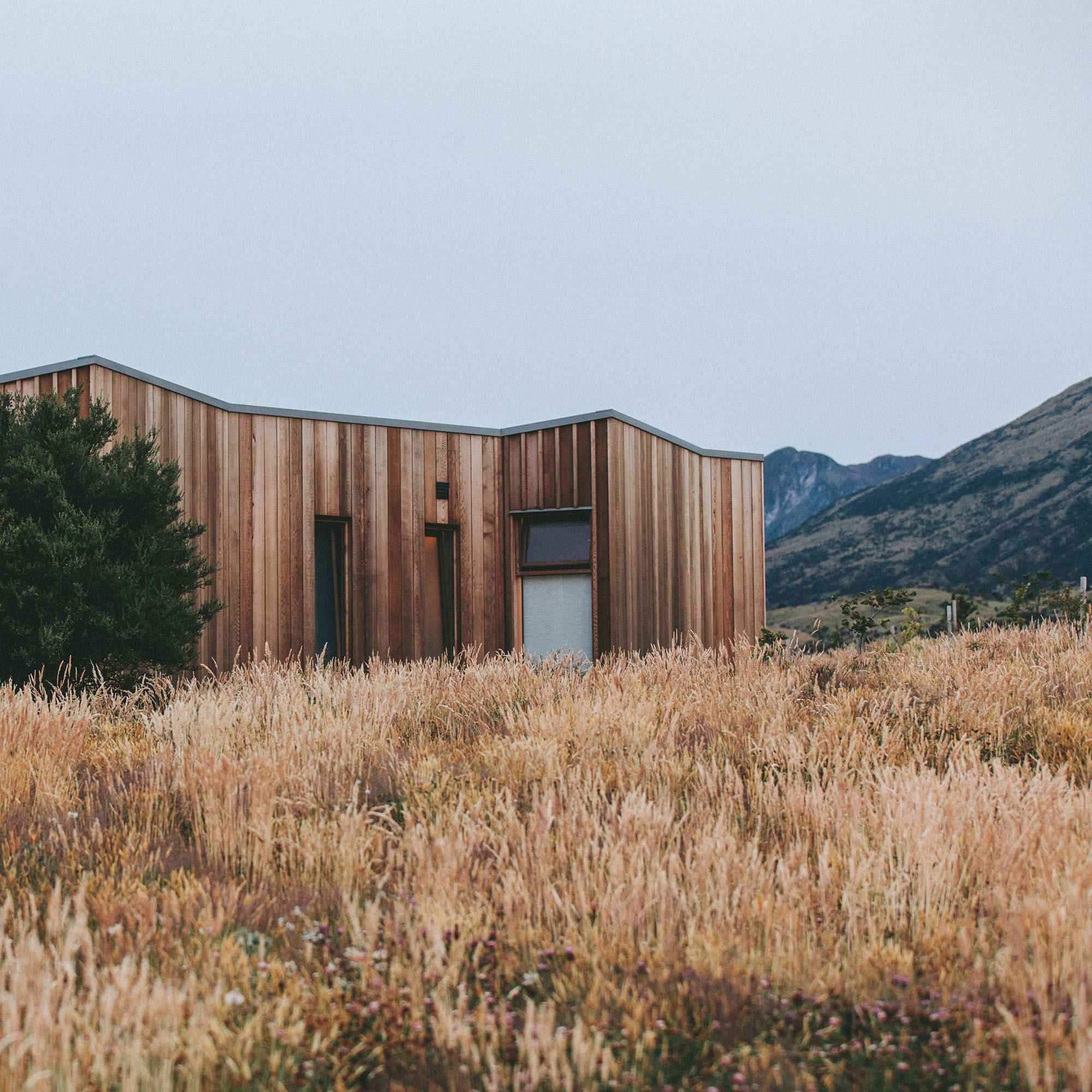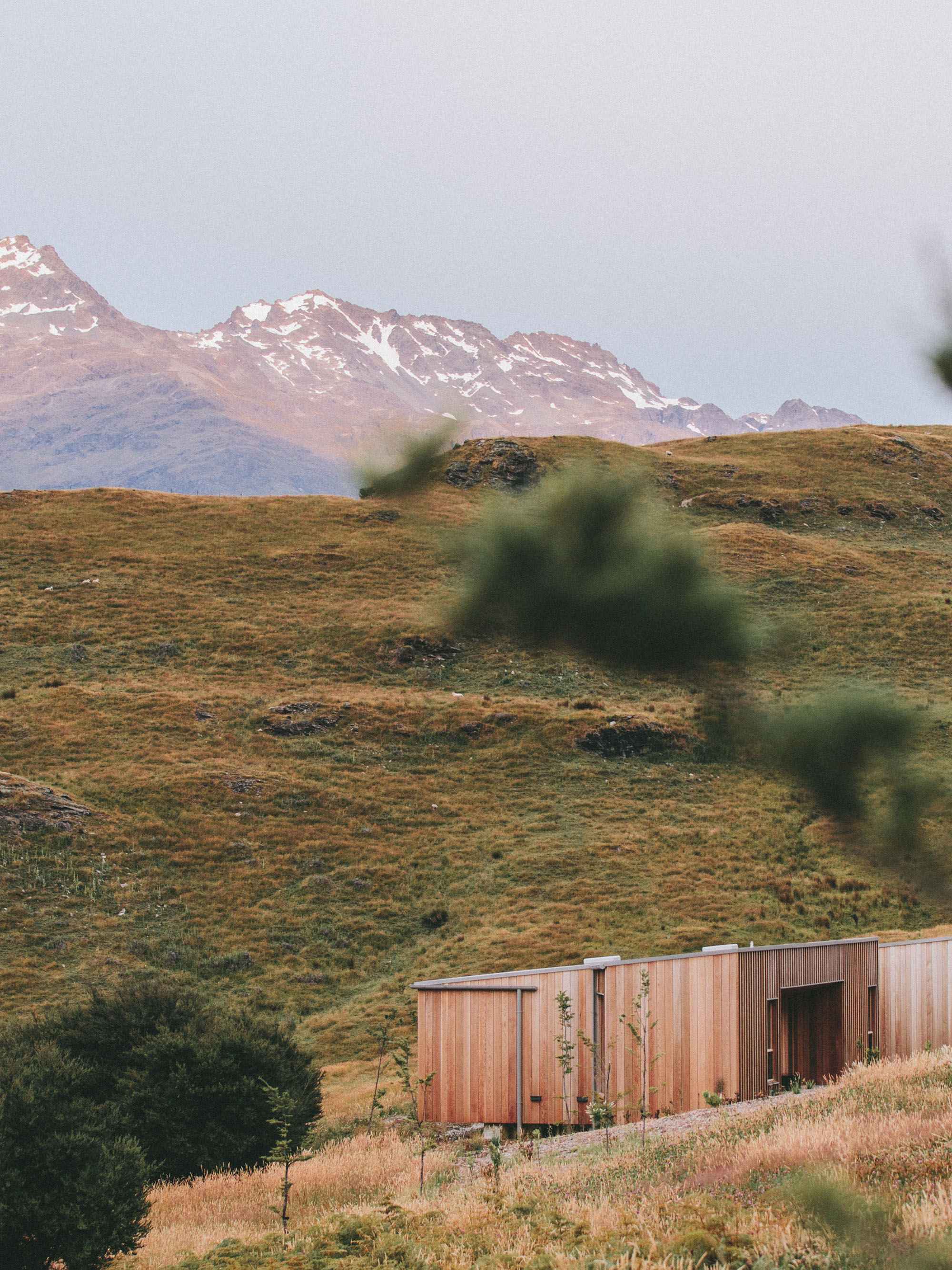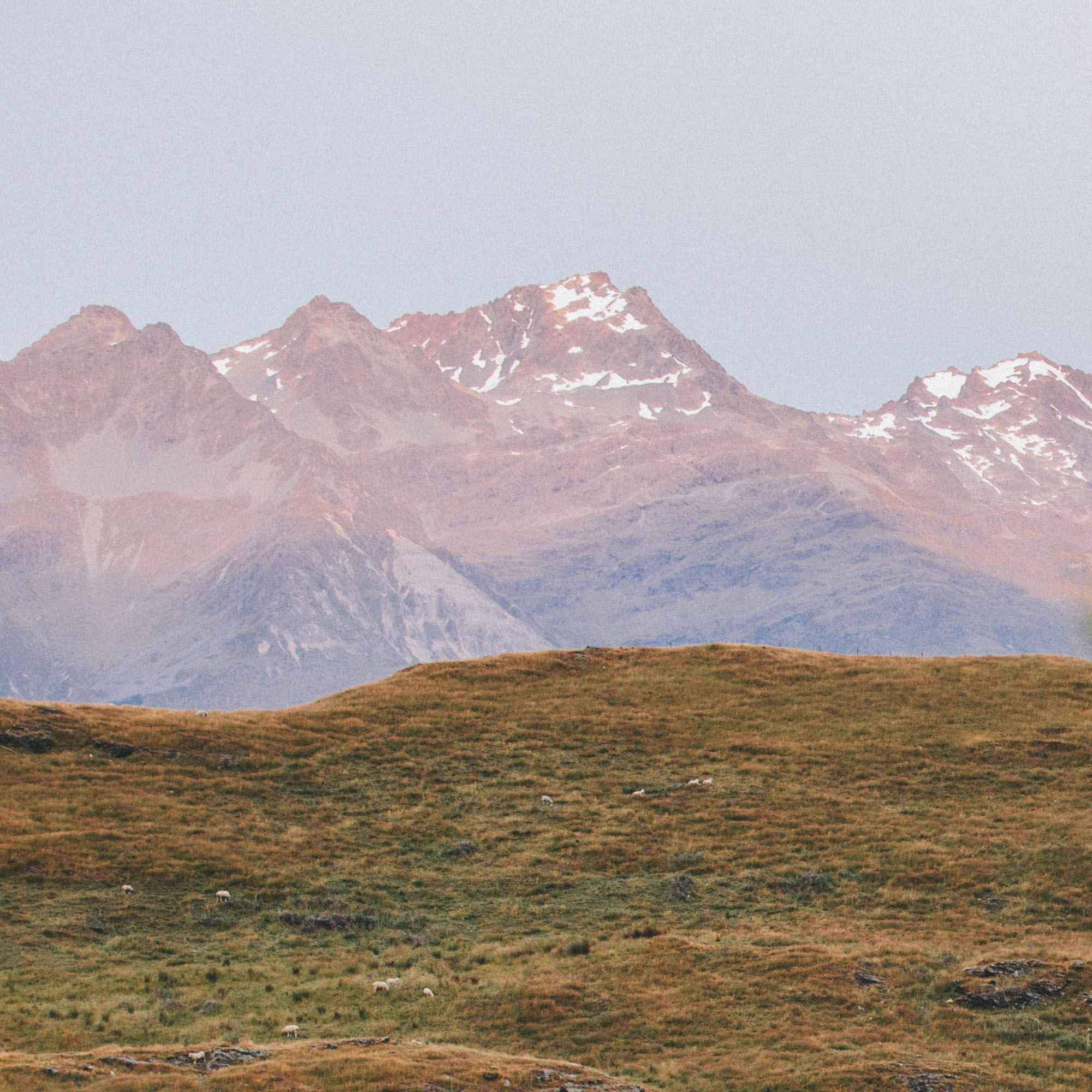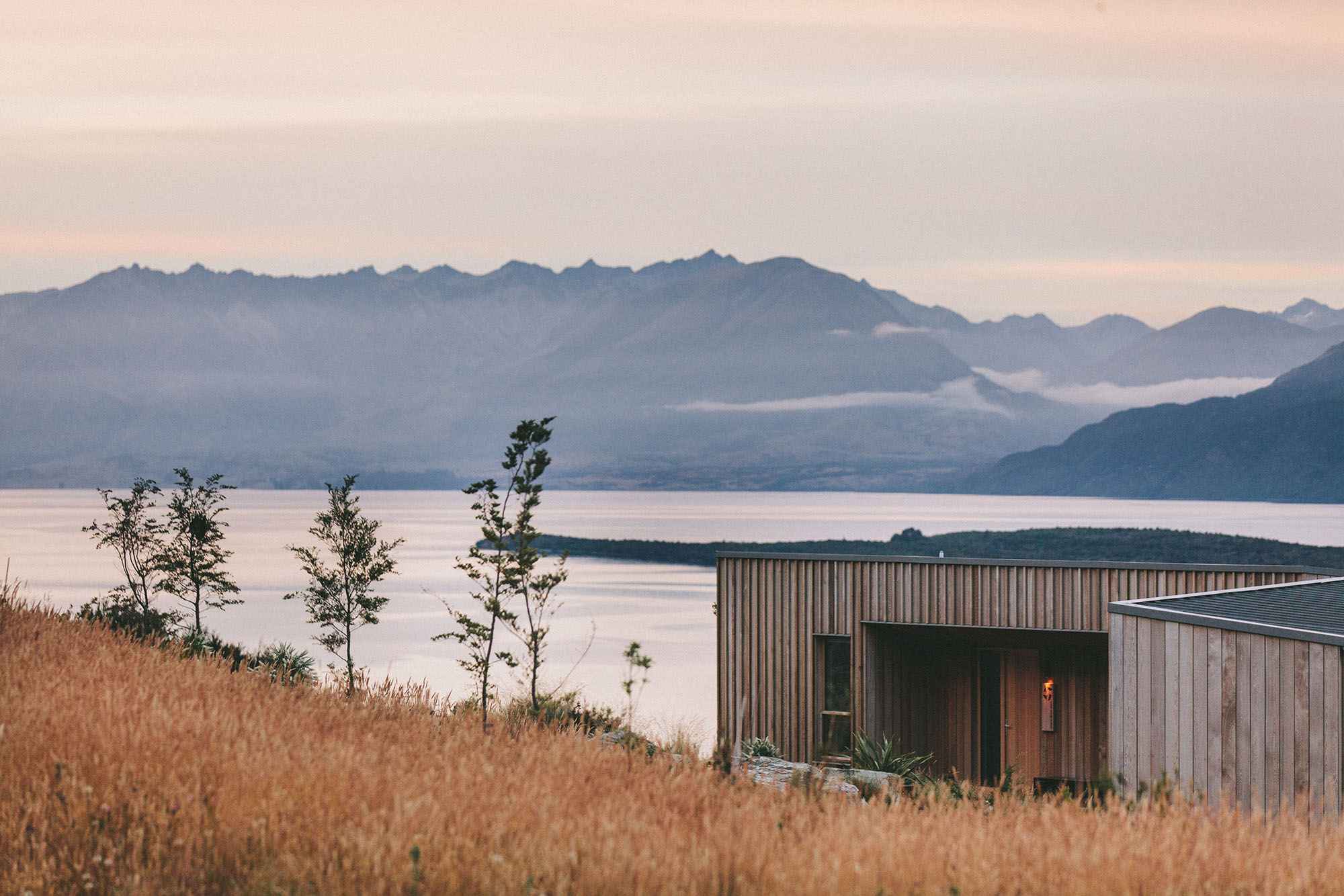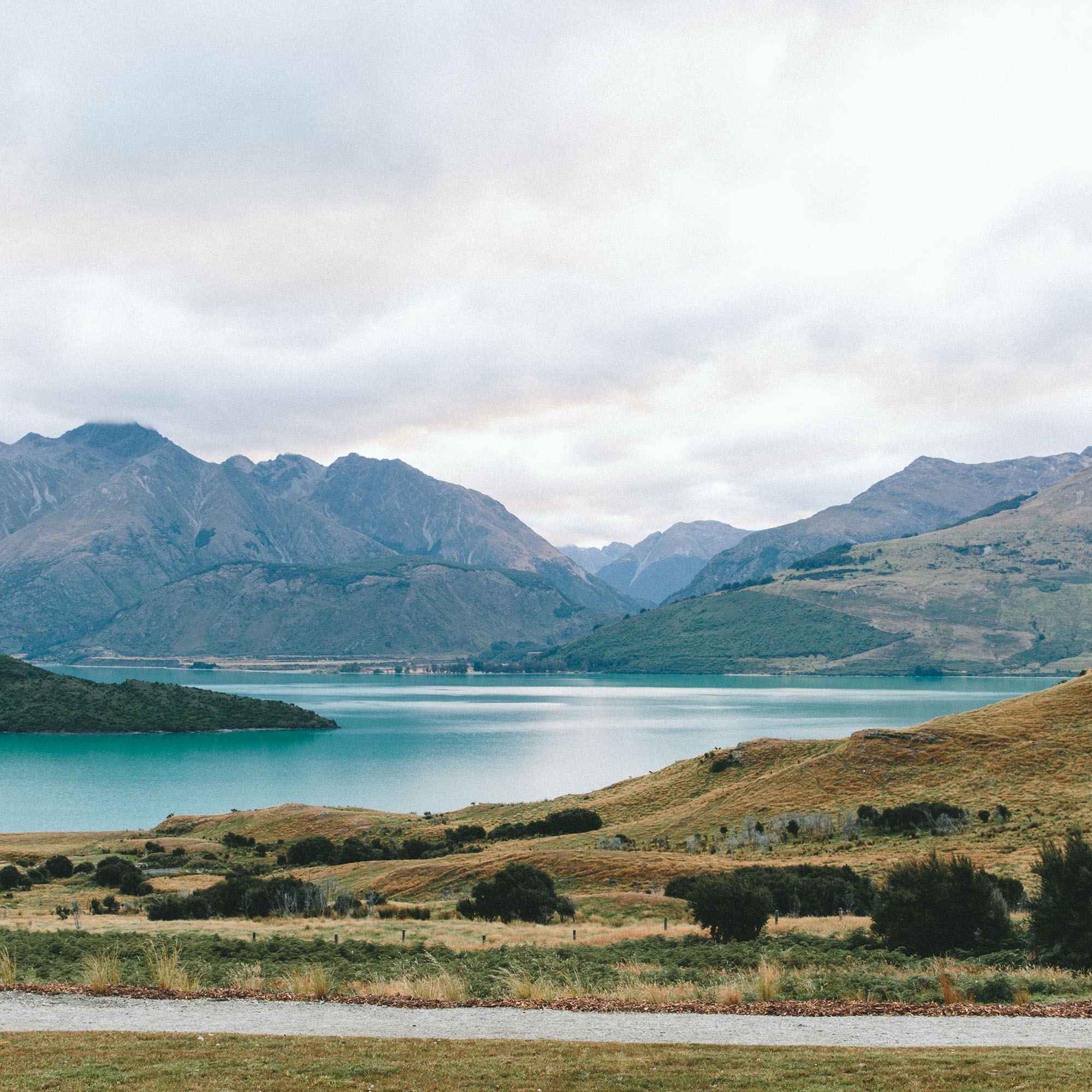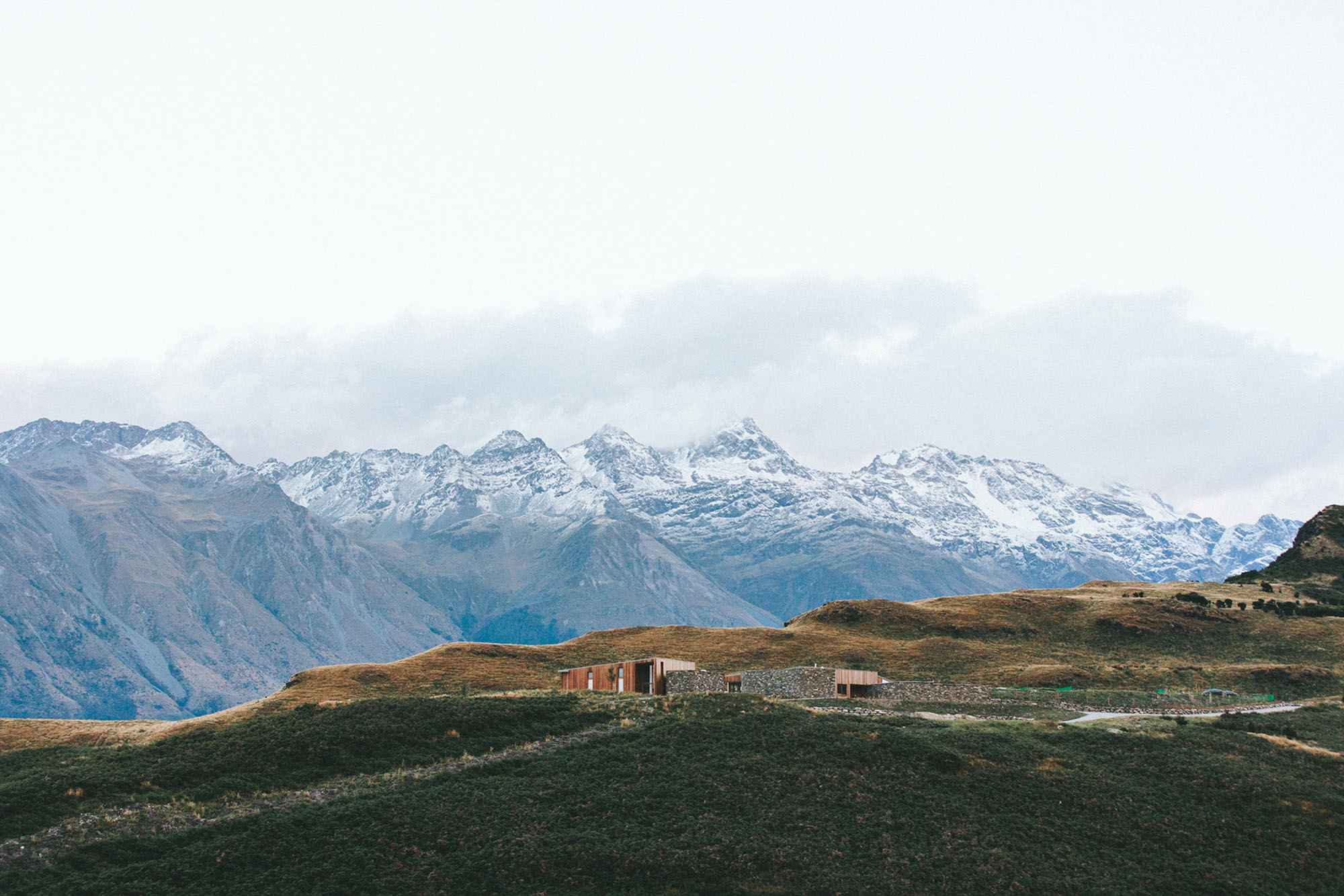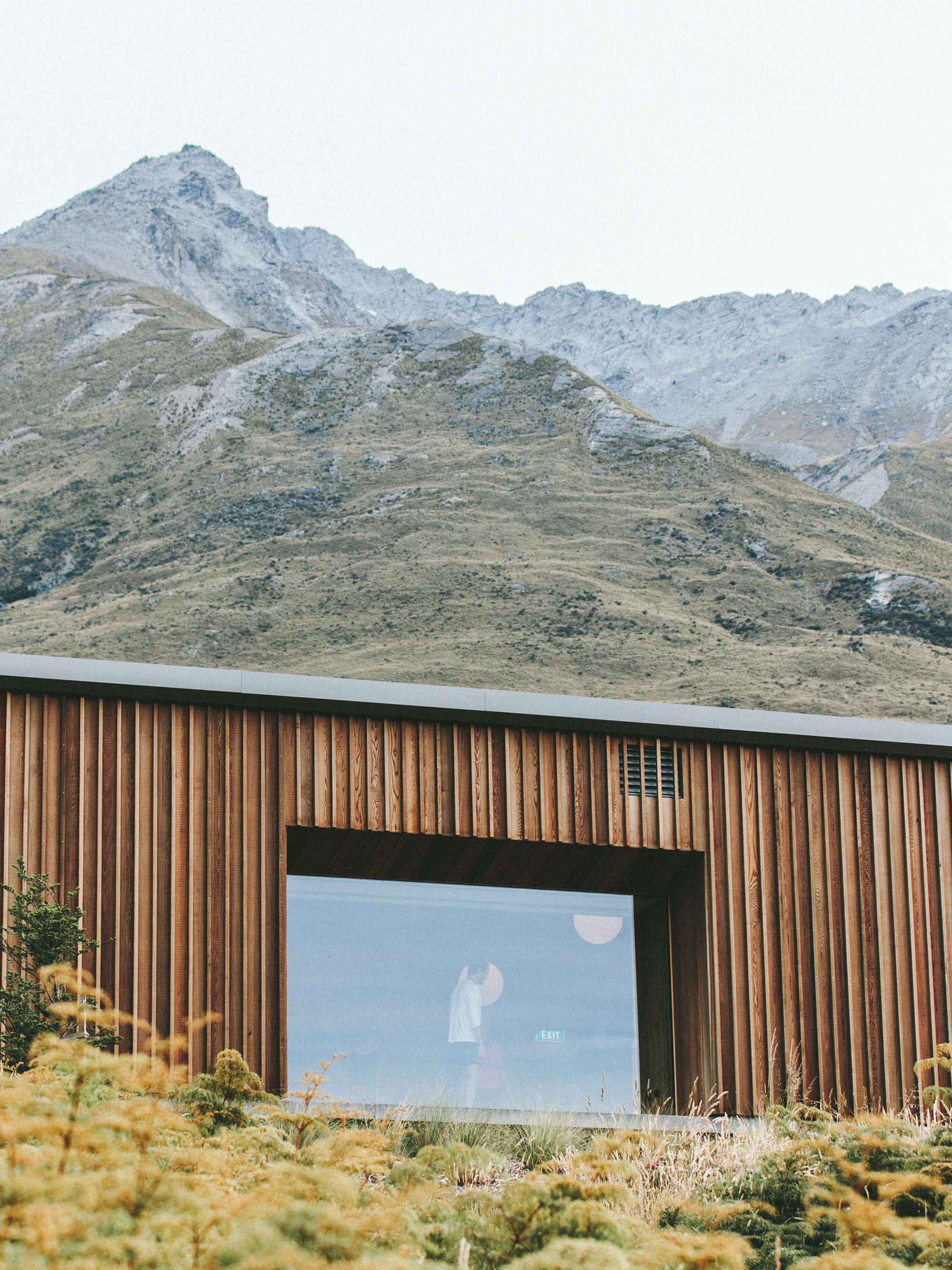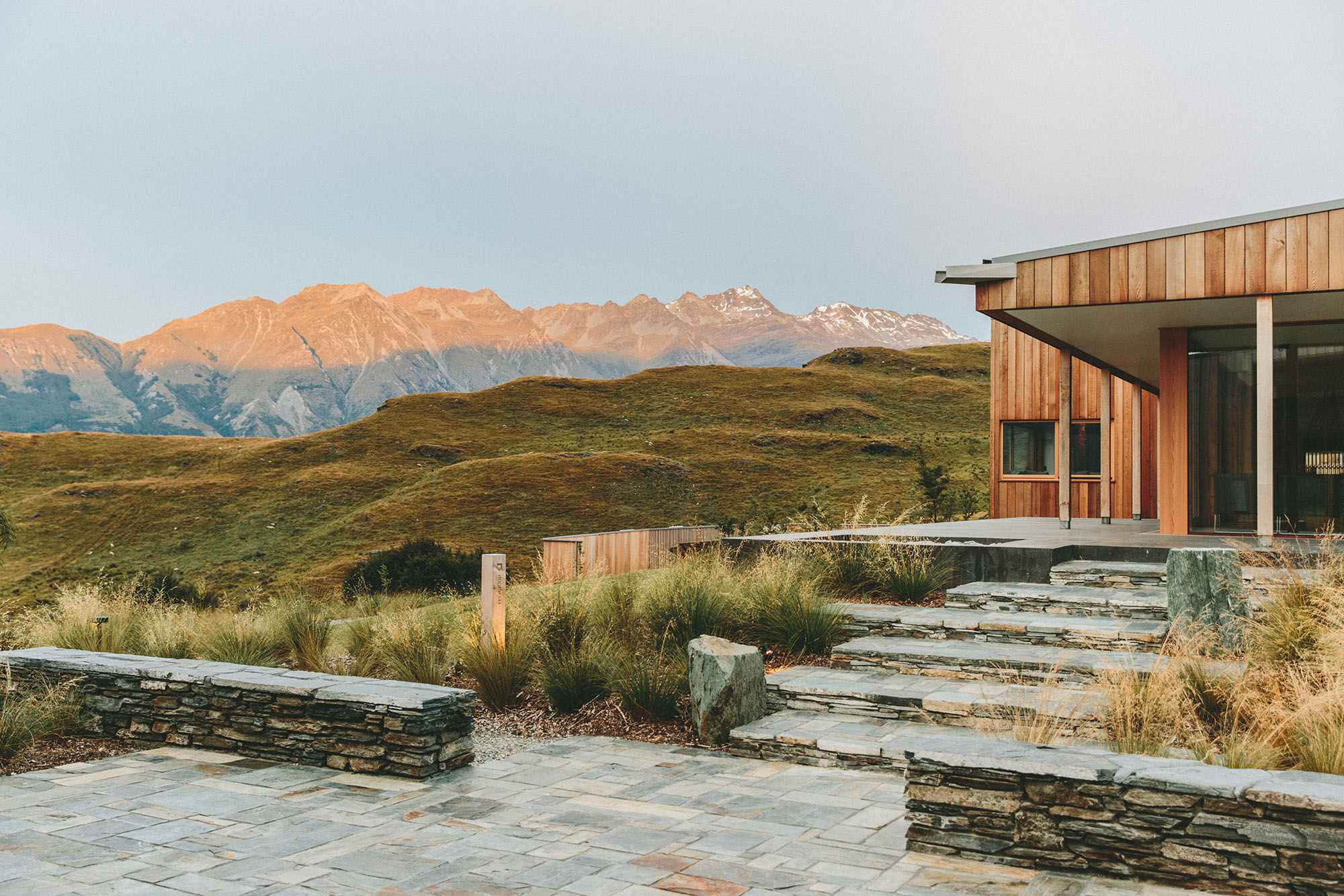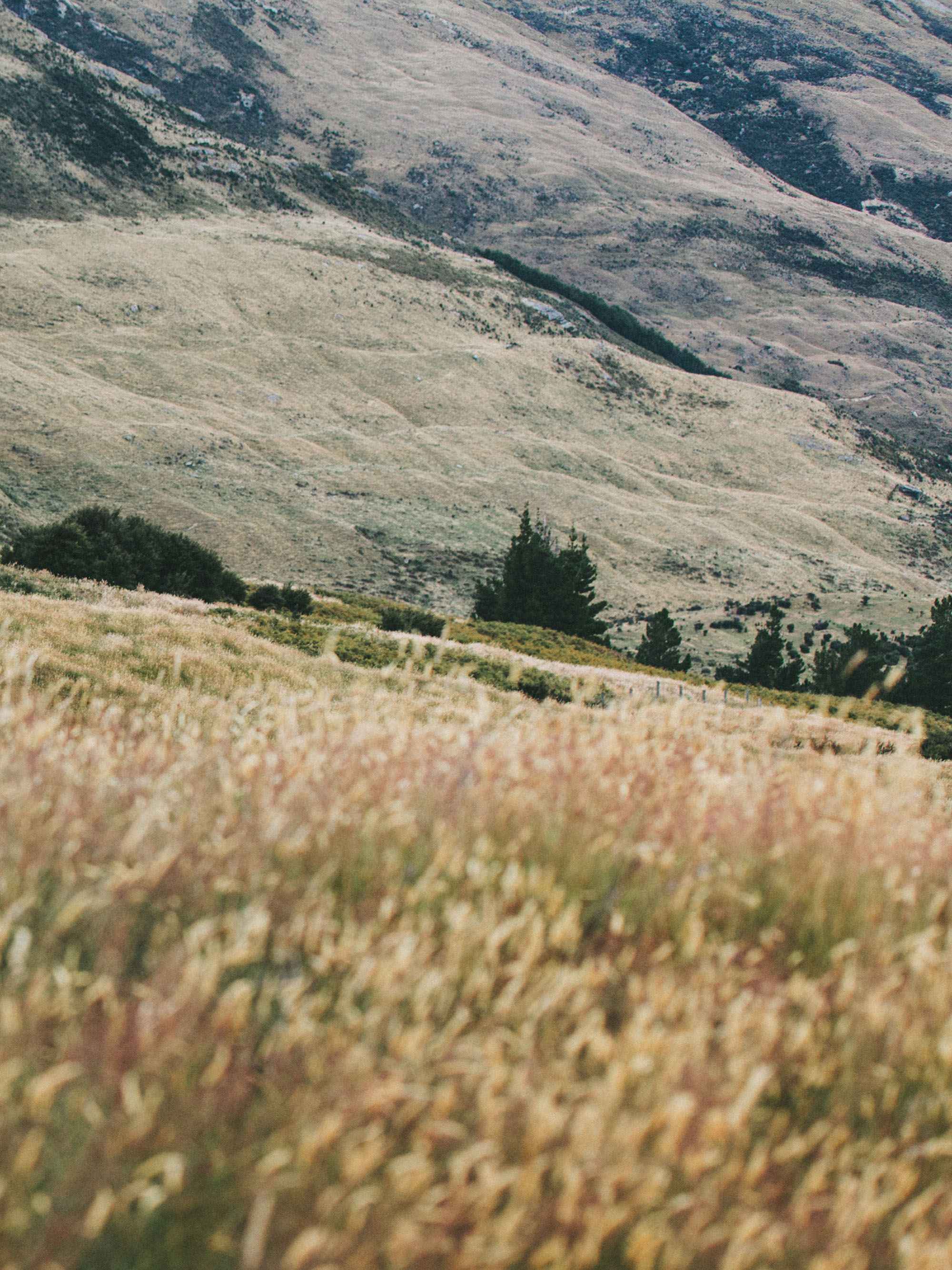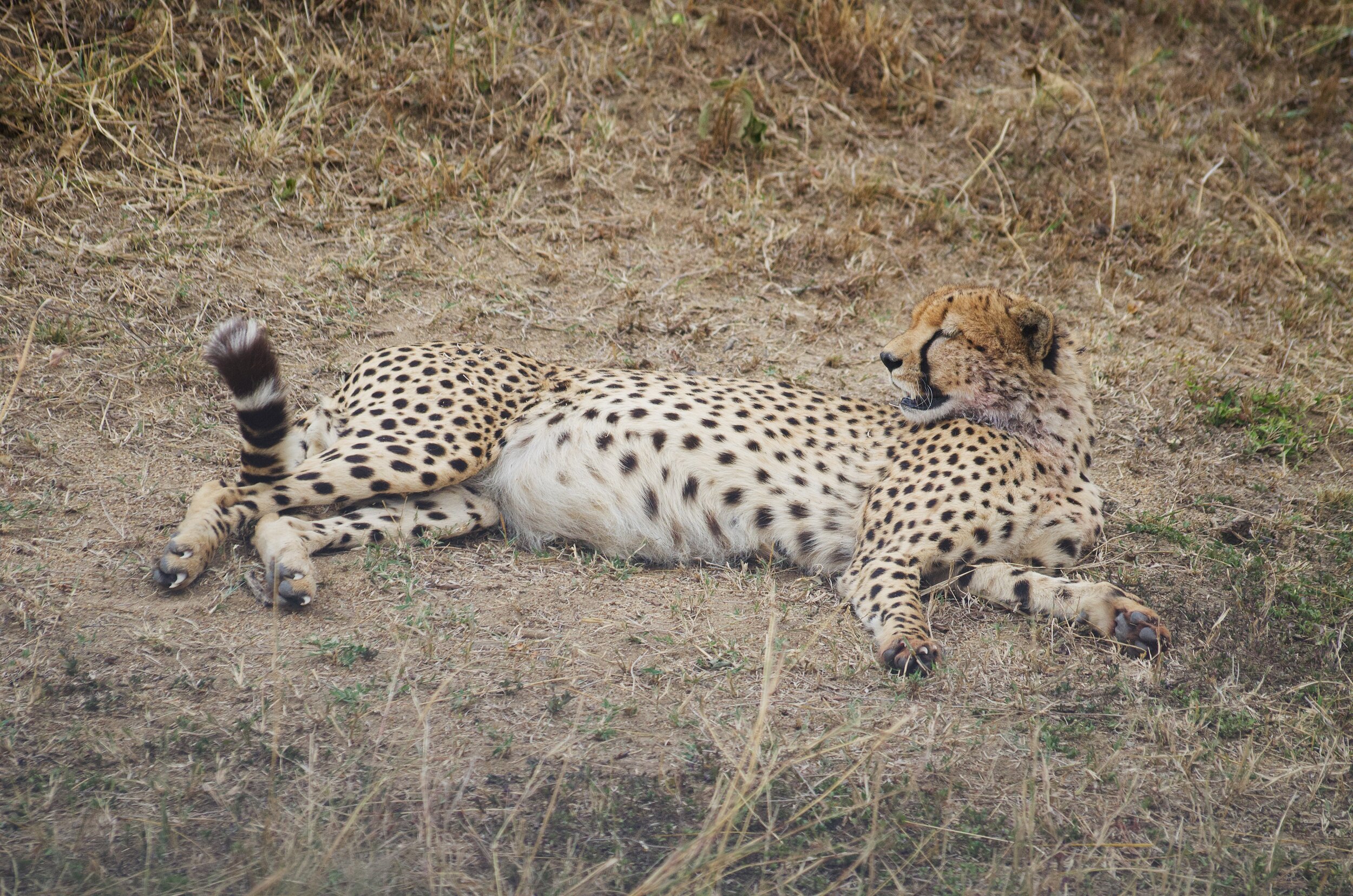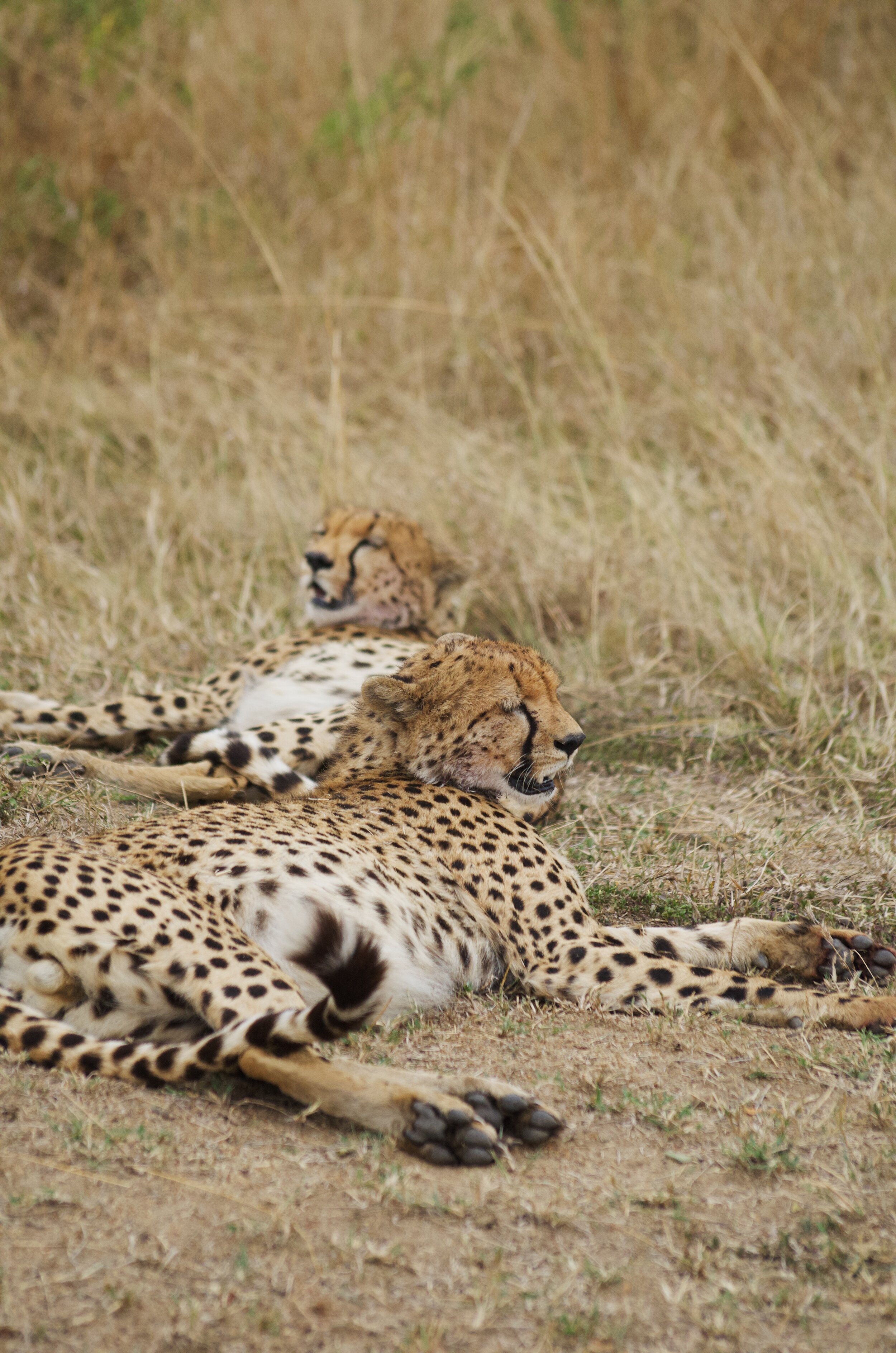Tanzania: Continued as promised
An early, early rise had us out of the hotel by 6am and starting our 12 hour drive to North Serengeti. We had to drive back towards the crater, along its rim and then back down the north side to get on the main dirt road. The drive along the crater’s rim was, and probably will be, the bumpiest I’ve ever been on. Luckily, someway, somehow, I was able to fall asleep for most of it.
Welcome to the Serengeti
After endless hours on the road, through Africa’s vast plains with only the occasional giraffe or gazelle we made it to the entrance of the Serengeti – the southern entrance. But hey, at least we were in the park and ready to see some animals. Wrong. After you get through the entrance, there is still a “highway” you need to drive through to get to the actual game drive roads. It’s amazing how every safari truck is speeding along these roads like it’s the autobahn and they seem to never break down. As we’re speeding along, kind of ready for a change of pace, Sef begins to slow down. At this point, every time he slows down or stops the car we get tense, cameras come out, and start looking for whatever he’s seen. We never see it until he points it out but this time, they were right there. On the side of this “highway”, just relaxing under the beaming sun with no shade, a pride of six lions: four adult females and two juvenile males with their mane starting to show. We saw a big male back in Ngorongoro but he was lying down and to far away so it was nice to see a lion with a mane up close. It was quite the welcome party and gave us a big boost for the rest of the drive up to North Serengeti. We were heading there for the Great Migration. The road trip was nice because most of it was within the park and doubled as a sort of all-day game drive. South and Central Serengeti are known to have a large lion population and it certainly showed with more than four groups throughout our drive. It never gets old. But then again, neither does seeing the rest of the animals, well maybe with the exception of baboons and impalas.
As we crossed the south and central areas of the park, the wildlife was everywhere. Elephants, giraffes and hippos in much bigger groups than at Lake Manyara, mainly because of the larger area, but also further away than at the lake, again, because of the size of the park. The roads can only cover so much of the park, and by that I mean a tiny portion of it. Regardless, we weren’t there to stay and even though we were just passing by, we saw a bit of everything but the Serengeti was saving the best for up north.
The North
From 6pm to about 5pm we drove (Sef drove), and the last hour was the most grueling because you expect the end to be near but you just can’t manage to get the finish line in sight. We were exhausted, the Tsetse flies were coming out and into the car, and above all we were ready for a shower. We finally found the camp and realized it was only seasonal unlike the one at Lake Manyara, as we had to drive across a river to get to it. Ileana kept saying “this should be a commercial for Toyota” and I couldn’t agree more. We finally get off the car and to top it all off, three massive bull elephants come out of the woods and into the river to welcome us into the property. We were ready for another campsite at a dream location.
At this point we know the drill, we wake up in the dark with barely any light in our tents, shuffle around to find our phones and light up the place as much as possible. Get dressed, get breakfast and get out into the bush. Well, almost, first we had to stop by the airstrip and get our COVID test. Now we were ready for some adventure. We cross the Mara River, famous for the wildebeest crossings during their move north, and set out to find some cheetahs or anything. On the way we found one of the first wildebeest groups that had already crossed the river in search for greener pastures. Before arriving to Serengeti we hadn’t really thought of witnessing a crossing since, in our minds, there was only like one or two of them a year. Sef and the campground staff explained that it was perhaps a bit too early in the season but the crossings had already begun. We were thrilled to know that we might actually witness one. We had seen the growing herds since we arrived but this one, it was different. The were all walking in single file line, hundreds of them, it was incredible. As we searched for cheetah, and failed, we drove out to the Tanzania – Kenya border and technically visited the Masai Mara. Not much to talk about but it was something cool to do since we couldn’t find any animals. Yes, the classic jokes were made and Sef took our photo from both Kenya and Tanzania.
To cross or not to cross
As we head back towards the river, the radio chatter gets busy and Sef is more attentive to what other guides are saying. Apparently there’s a massive herd of wildebeest and growing right near the Mara River. As we approach the river, the car turns and we go right into a bunch of trees with barely any visual of the herd or river. Confused and a bit frustrated because we were losing a good viewing spot, we ask Sef what the game plan is and he explains that we need to hide until the first wildebeest jumps into the water. We are on the side where they want to cross over to and if they notice our car from any movement or glare, they might get spooked and we’d be the one’s who ruined the crossing for everyone. Ok, that makes sense, “stop second guessing our guide’s decisions”, check.
Nothing is happening. The herd is right by the croc-infested water and growing but no one is moving any closer. Still, we’re all tense and the suspense is killing me. I keep taking photos of the herd, none of which are good. We ask Sef for an estimate or if they’ll even cross and he refuses to give us a concrete answer. His reason: he once waited 9 hours for a crossing and it never happened. So now, he just doesn’t make predictions. We decide on waiting 45 minutes, at 2:00 pm we’ll leave since we still have a long drive back to camp. A small group gets spooked at around 1:30pm and a good chunk of the herd disperses and trots back up the hill and away from the water. We turn to each other and call it a day. We drive past the wildebeest’s favorite crossing spot where just that morning they had made it to the other side. We stop to take some photos here and there and suddenly we stop. It’s exactly what we feared. They’re crossing. Sef makes a u-turn and simply tells us to hold on. We knew what it meant and were all for it in the hopes of at least seeing the tail end of the crossing. It was all over when we got there. The wildebeest had actually ran from their original spot to their favorite place where we had been just five minutes ago. All that was left were the tracks and a smaller group which seemed tempted to cross but there were so many cars that it wasn’t going to happen. We had a plan, we didn’t stick to it and missed out on a great opportunity. We weren’t dwelling on it nor did it ruin our day or anything but yeah, we were right there and we missed it. It happens. Oh, but as we were waiting to see what happened with that smaller group, the one what was left behind, we did spot a huge black cobra going right next to the car so that was pretty unique.
The long way back
As we head back, ready to have a beer and relax, we notice the wildebeest have started morphing into these giant herds all heading towards the river. They’re everywhere, all moving towards the same place with no end in sight. It’s something truly spectacular, it’s something you think you’d only see on a documentary or The Lion King but it’s right there, surrounding us. We’re distracted by the hoards of animals when suddenly the engine stops and Sef announces “cheetah”. He’s so casual about it and we are going nuts. We drove all the way to Kenya and couldn’t find them and here we had two siblings on our drive back to camp. They’re amazing; the patterns on their bodies, the tear-like lines going down from their eyes towards their mouth, it all makes them look fast and sleek. They have a giant belly from their meal earlier in the day and even some red blood stains around their mouths. The other two cars going to our camp joined the viewing party and after the photoshoot all three Toyotas were headed to camp.
The Serengeti always felt more “off-roady” than the other parks. The roads were there but we would stray from them quite often, quickly rejoining it or what felt like a road. Some tire tracks felt purposefully made while others seemed improvised and unintentional. We veered way off the permanent road and the only directions we had to get to camp were to get to the base of a mountain and follow the rest of the hills to the right of it until we get to the campsite. It was as much an adventure as the game drives, maybe even more because I’m pretty sure no one, guides included, knew if we were going to make it. Grassy areas were divided by muddy creeks of unknown depths. One by one we managed to get through them although our Land Cruiser did suffer an injury and lost one of its shock absorbers. Apparently they are mortal after all. We ended up joining one of the other vehicles with a Dutch family as Sef stayed behind to fix or remove the shock. We quickly found out they were not having a great time through this adventure they were forced into. As the drivers tried one spot and double backed to look for better ways across, the father’s grunts and sighs were clear signs of his disapproval. When the worst seemed behind us, we were faced with the Serengeti’s controlled fires. These were easy to drive around but for a second everyone thought we would simply drive through them. Each campsite is responsible for lighting their own fires. But interestingly enough, they’re not ignited to prevent wildfires. Instead, old grasses get burnt after the herds have eaten through the area to promote the growth of new, greener, healthier grass. This ensures a good supply for the wildebeest and zebras when they come back from Kenya. Just like us, coming back from Kenya, around the fires, and finally making it to our campsite. During dinner, as we all compared notes from our drives and we found out the others had seen the crossing, we were determined to witness it the next day.
“Count the legs and divide by four”
The next day we drove through thick smoke towards the Mara River. The fires had grown in the night and consumed grasses everywhere. Along the road, the black ashes on one side contrasted the natural tan savannah on the other and this continued for most of the drive. Just as to the fires didn’t have an end in sight, the Great Migration didn’t have a beginning or an end. The herds had continued to merge and grown into an endless see of legs and horns. We arrived at the river, a few hundred meters away from it to avoid scaring the group at the edge of the water and there were already thousands divided into two clusters: one by the water and another where we were waiting. Behind us we could see long lines of wildebeest coming to join the crossing (if and when it happened). We had breakfast and enjoyed “people watching” the animals: some eating, some running, others getting scared for no apparent reason. The day’s mission was to witness this herd cross the Mara. We had half a day to do it because we would be having a walking safari in the afternoon but we were going to spend the entire time with them, hoping that one would be brave, or dumb, enough to jump into the water.
The group kept growing but nothing happened and Sef decided to take us to another spot to see if a smaller group might cross. To our surprise (but not Sef’s I’m sure) we “stumbled upon” a pride of lions still working through a wildebeest they had hunted down. As you can imagine, the day’s mission quickly lost priority, and we became fascinated with the lions eating. The older females of the group obviously had dibs on the kill and had the giant belly to prove it. The younger cubs were now working on the rest of the carcass and nibbling at whatever meat they could find. It was fascinating how they maneuvered around the bones and handled the animal to eat comfortably and efficiently. We drove around the area to get a better look and found a couple young lions resting within some other bushes but the area was starting to get crowded and I think we had already taken 200 pictures so we drove away.
We got news that the giant herd had moved and was running towards our area (we were right by their favorite crossing spot) and seemed like they were dead set on getting to the other side of the river. We had lines of wildebeest galloping towards the crossing point all around us and while it was very exciting, we knew something they would soon find out. The lions were right next to the wildebeest’s destination and were currently eating one of their fellow antelope. As soon as they got to the bushes they stopped, turned around and walked away. No matter how full the lions seemed, they were still lions and the wildebeest weren’t going to risk getting trapped between a pride of lions and crocodiles in the water. Today was not the day, they weren’t going to cross and we had to leave for our hike.
Samosas with a side of smoke
The walking camp we were headed to was along the wild adventure route we had taken the previous day, we had to drive through our camp to get there. As we get nearer, the smoke gets thicker and the fires from the day before were much bigger and more difficult to drive around. We have a sense that it wont get any better and the walking camp will be covered in smoke. We were supposed to sleep there but with the smoke this bad, there’s no way we can stay the night so we decide we’ll get to the walking have lunch but will skip the walk and spend the rest of the evening at our original site. Just as we expected and planned, we had lunch with a great view but inhaling smoke and quickly left, we were ready to get out of the fires. We felt bad because everything was set up for us but we couldn’t stay there, it was just too much fire and smoke. The rest of our last evening was relaxing, we had some wine and enjoyed the view of the river where a large herd of zebras had decided to have their dinner. When the rest of the guests came back, we were relieved to find out that the wildebeest never crossed and the other cars spent just about 7 hours waiting for the crossing, waiting for nothing.
The next day we flew out of Serengeti and back to where our Tanzanian adventure began, in Rivertrees.Quick shower and off to catch a flight to Kigali where our Gorilla and Chimpanzee trekking adventure kicks off.




